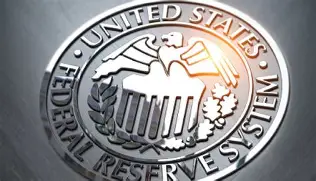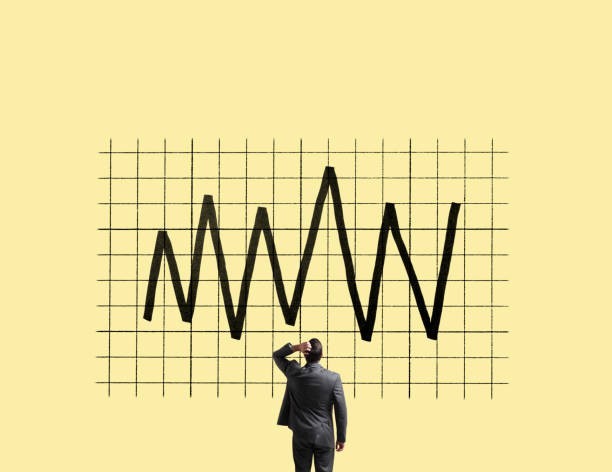
Why did the Fed cut rates at its December meeting?
At its December 2025 meeting, the Federal Reserve cut its benchmark rate by 0.25% to a range of 3.5%–3.75%, reflecting the difficult balance between easing

At its December 2025 meeting, the Federal Reserve cut its benchmark rate by 0.25% to a range of 3.5%–3.75%, reflecting the difficult balance between easing

November’s market volatility reflected shifting risk appetite, delayed economic data from the government shutdown, and changing expectations for Federal Reserve rate cuts. Despite the uncertainty, markets and diversified portfolios largely stabilized by month-end, underscoring the importance of maintaining a long-term perspective.

• The September jobs report was delayed more than six weeks due to the government shutdown. The October report will not be released because surveys

With artificial intelligence dominating headlines and driving the stock market to new highs, many investors are asking whether we’re in another bubble like the dot-com

Explore how financial markets remained strong and reached new highs in October despite challenges like a government shutdown, trade tensions, and shifting Federal Reserve policies, emphasizing the importance of long-term, diversified investing.

This paper examines the implied valuation of the S&P 500 versus historical normalized measures of central tendency.

Lawmakers are once again struggling to pass a federal budget, raising the prospect of a government shutdown. While such events can disrupt government operations and workers, history shows they’ve had minimal lasting impact on financial markets. Market stability tends to persist because shutdowns are temporary and don’t alter underlying economic fundamentals. For long-term investors, maintaining focus on strategy rather than reacting to political drama remains the best course of action.

Historical Stock Market Valuations The S&P 500’s forward P/E is 22.4x (vs. 15.9x long-term average), above normal but below the tech bubble peak of 24.5x.

What is The Great Wealth Transfer? The Great Wealth Transfer refers to the expected shift of $84 trillion from the Silent Generation and Baby Boomers

Lawmakers are once again struggling to pass a federal budget, raising the prospect of a government shutdown. While such events can disrupt government operations and workers, history shows they’ve had minimal lasting impact on financial markets. Market stability tends to persist because shutdowns are temporary and don’t alter underlying economic fundamentals. For long-term investors, maintaining focus on strategy rather than reacting to political drama remains the best course of action.